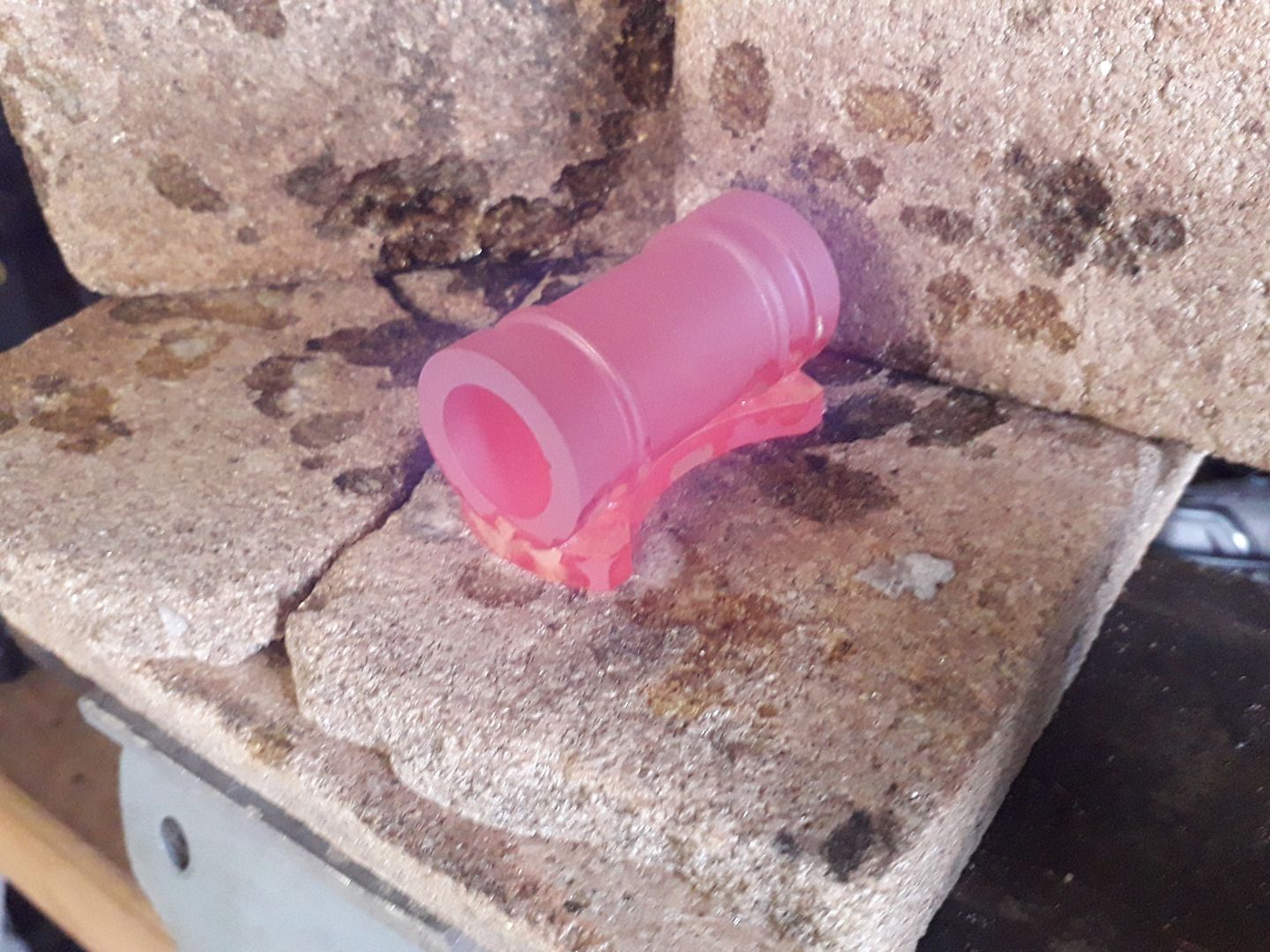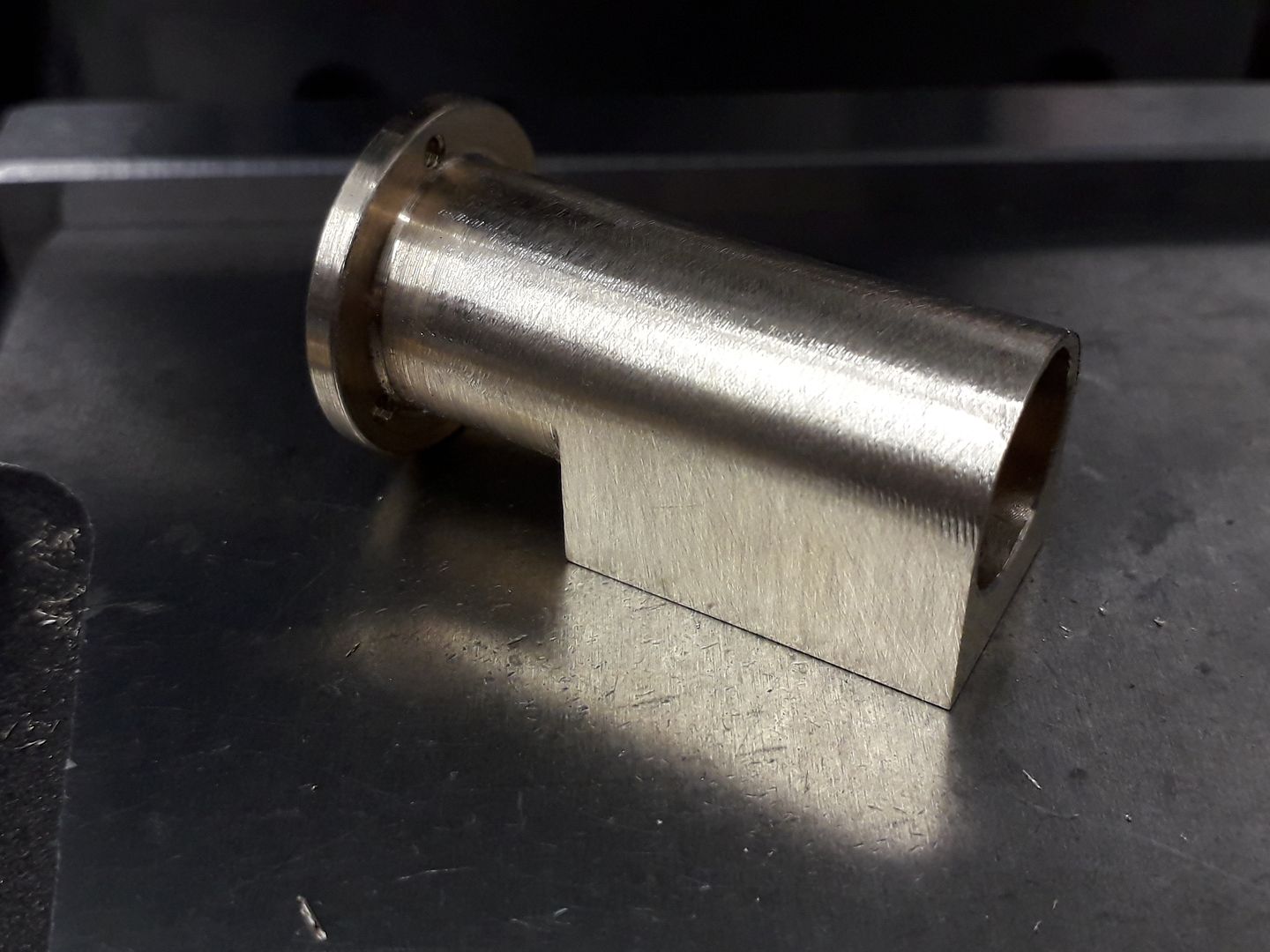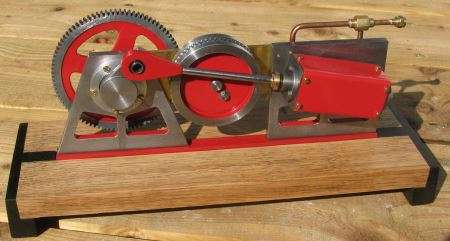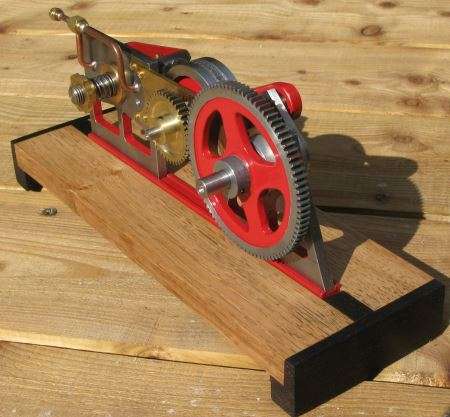Richard Hed
Well-Known Member
- Joined
- Nov 23, 2018
- Messages
- 2,381
- Reaction score
- 616
Presently I am drawing up J. De Waal's 4 cylinder vertical oscillator, project #09A-14-00. I thot I would very much like to build such a device until I started drawing the cylinder system. My objections are that the cylinder wall is too thin, that it is soldered to a "base" to oscillate together; that the cylinder tops and bottoms are bolted together with 3 long bolts with triangle heads; and that a large air space exists at the top and bottom of the stroke.
I very much like the basic idea of this design, that is, I like the base system with the crank and columns, it's just the cylinder system that I thimk is bad. Can anyone offer some comments?
I very much like the basic idea of this design, that is, I like the base system with the crank and columns, it's just the cylinder system that I thimk is bad. Can anyone offer some comments?








